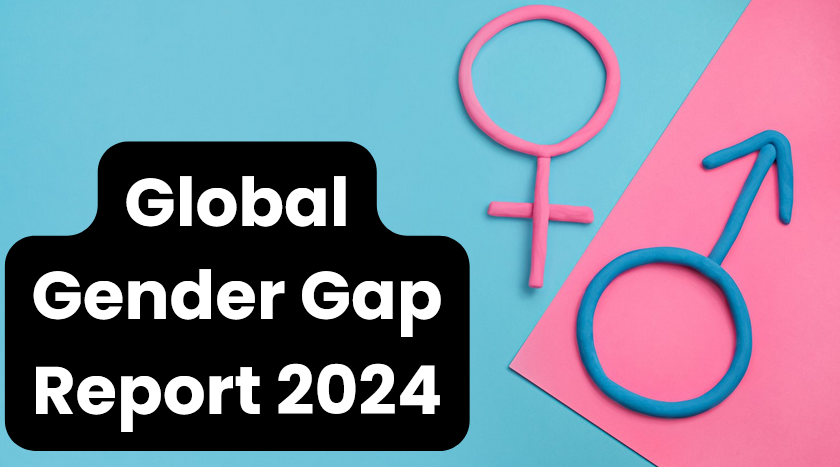Global Gender Gap Report, 2024
The Global Gender Gap Index, which has been running since 2006, is a key example of a global attempt to track gender inequality. This index is updated every year and looks at how far 146 countries have come in achieving female equality. It looks at four important areas: economic participation and opportunity, educational attainment, health and survival, and political empowerment.
Assessment Methodology
The Index rates each country on a scale from 0 to 100, with 100 meaning that there is full equality between men and women. Each number on the scale shows how much of the gender gap has been closed. Since the beginning of the Index, a steady subset of 101 countries has been included. This helps to give a longitudinal and analytical view of changes and trends over time.
2024 Index Overview
The 2024 report says that the global gender gap score has stayed about the same at 68.6%, showing only a small increase from the previous year. This slow development means that it will take an extra 134 years to reach full gender equality, which is very different from the 2030 Sustainable Development Goal for gender equality.
Regional Disparities and Leading Nations
Even though no country has reached full gender equality, many continue to show high levels of gender equality. Iceland is in first place, with 93.5% of the gender gap closed. Other European countries, like Finland and Norway, are close behind. Some places, like Europe and North America, have made more progress than others. For example, the Middle East and North Africa have the lowest marks.
A list of the rankings
| Rank | Country | Score |
| 1 | Iceland | 0.935 |
| 2 | Finland | 0.875 |
| 3 | Norway | 0.875 |
| 4 | New Zealand | 0.835 |
| 5 | Sweden | 0.816 |
| 6 | Nicaragua | 0.811 |
| 7 | Germany | 0.810 |
| 8 | Namibia | 0.805 |
| 9 | Ireland | 0.802 |
| 10 | Spain | 0.797 |
| 129 | India | 0.641 |
Month: Current Affairs - June, 2024
Category: Reports & Indexes Current Affairs








